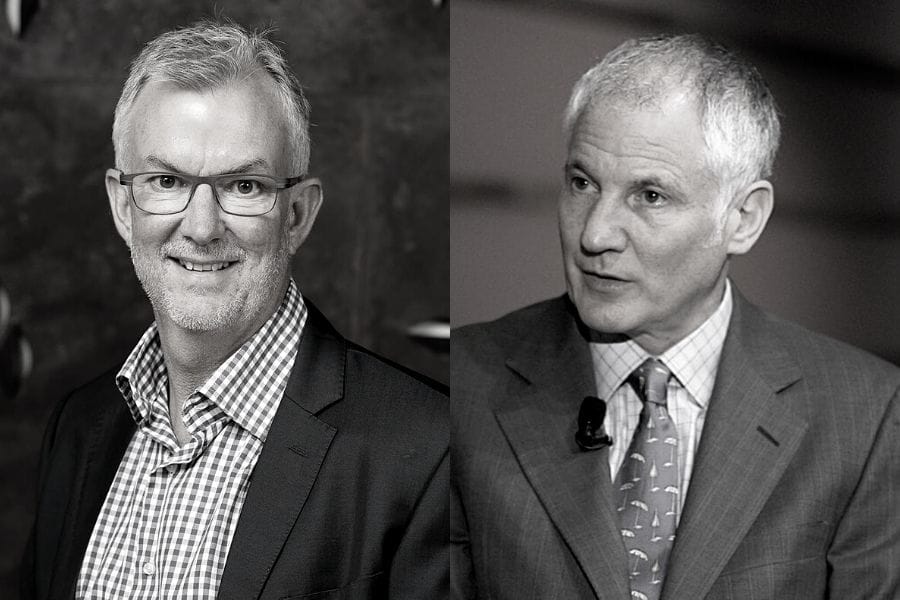The climate challenge requires new investment on a staggering scale: new generating capacity, the electrification of everything, emissions-free fuel, carbon capture and sequestration, new supply chains and infrastructure, plus the building of negative emissions technologies. Stanford’s Dr Arun Majumdar explores the opportunities for new investment, the risk return trade-off and how investors should approach the opportunities.
The world has two decades to find the solutions to keep warming to below two degrees, said Dr Arun Majumdar, Professor of Mechanical Engineering at Stanford University and former Acting Undersecretary for Energy at the US Department of Energy.
“If we can’t get our act together in the next two decades, we are likely to cross two degrees and need to plan for risk associated with 2.5 or 3 degrees,” he said, calling it the “defining challenge and opportunity” of the 21st Century. Majumdar noted how Europe and the US have set bold goals, particularly within the vast US infrastructure spend.
He said the number of corporate commitments to tackle climate change will increase in line with customer demand for more action. Here he noted retail giant Amazon, poised to introduce its first electric van, developed by EV start-up Rivian.
“Consumer demand is at a tipping point,” he said. “Consumers are willing to pay a premium for clean brands.” He noted that this in turn is set to make sustainable goods more affordable.
He said companies will be able to meet targets around decarbonisation with renewable energy, energy storage and electrification. Innovation like AI and cloud computing will stoke innovation further.
“We have to innovate our way out of it,” he said.
On one hand, innovation will comprise “sustained innovation” of existing technology. Charting sustained innovation in the car industry over the last century illustrates how products can evolve, scale and change with the times. In contrast, “disruptive innovation” in the same industry – like Tesla – comprises new technology that is initially expensive but then becomes cheaper.
“Battery costs will come down over the next few years. Tesla has moved the needle on this one.”
Innovation easier with existing infrastructure and supply chains
Innovation also depends on companies being able to tap the infrastructure and supply chains they need to thrive. Electric cars will need a new supply chain in a different model that will influence the growth rate of innovative companies.
In early-stage investment, the focus is on feasibility and the extent to which a new product is cost effective or competitive, he said. In the next stage, access to a supply chain and infrastructure becomes a priority.
“If you can use existing infrastructure, it’s much better than being dependent on a new infrastructure and supply chain,” he said.
Regulation also plays a part in corporate innovation as does access to low-cost capital. It is important to think where there are things down the line that could hurt you, he warned. “What is coming down the pipeline, so you are not disrupted in the future? Take a systems view on this.”
Majumdar also espoused the potential of hydrogen to meet sustainability goals. Success depends on putting the infrastructure and regulation in place, but he noted that electrolysis (a promising option for carbon-free hydrogen production) wouldn’t necessarily require new infrastructure platforms.
He noted that investment in these pioneering sectors involved working with teams that understand the technology, regulatory barriers and supply chain risk as well as an understanding of the policy needed to create these markets.



